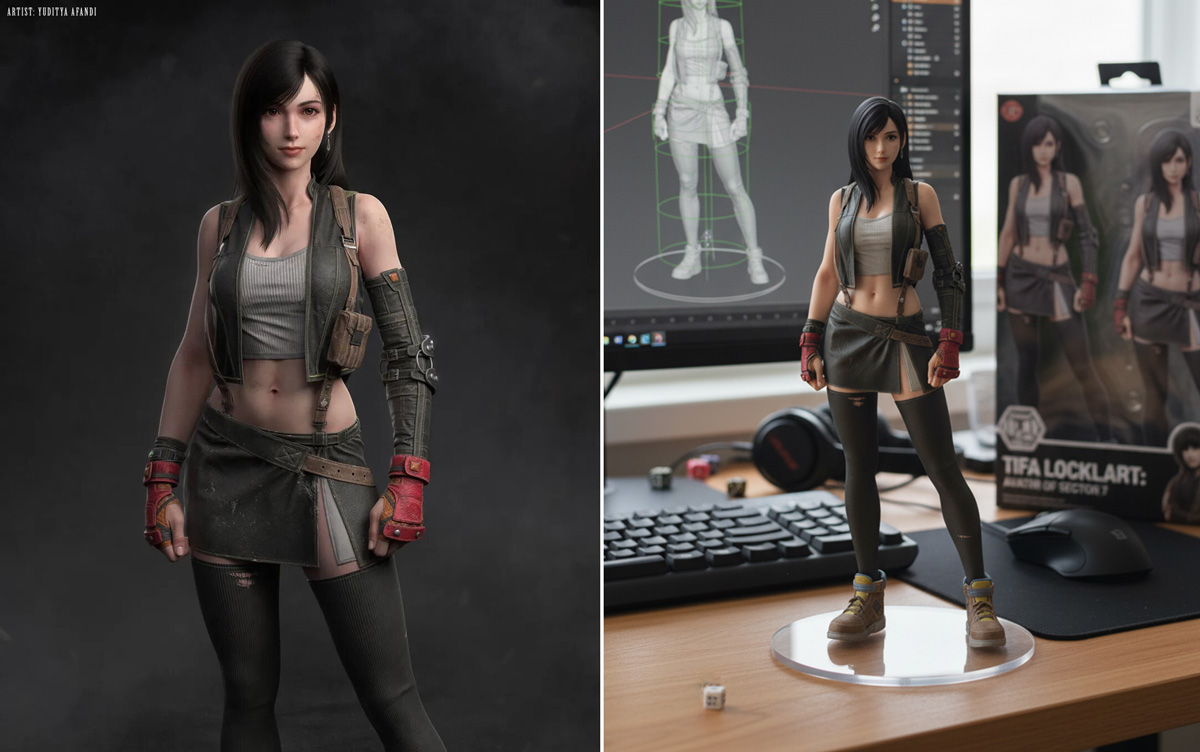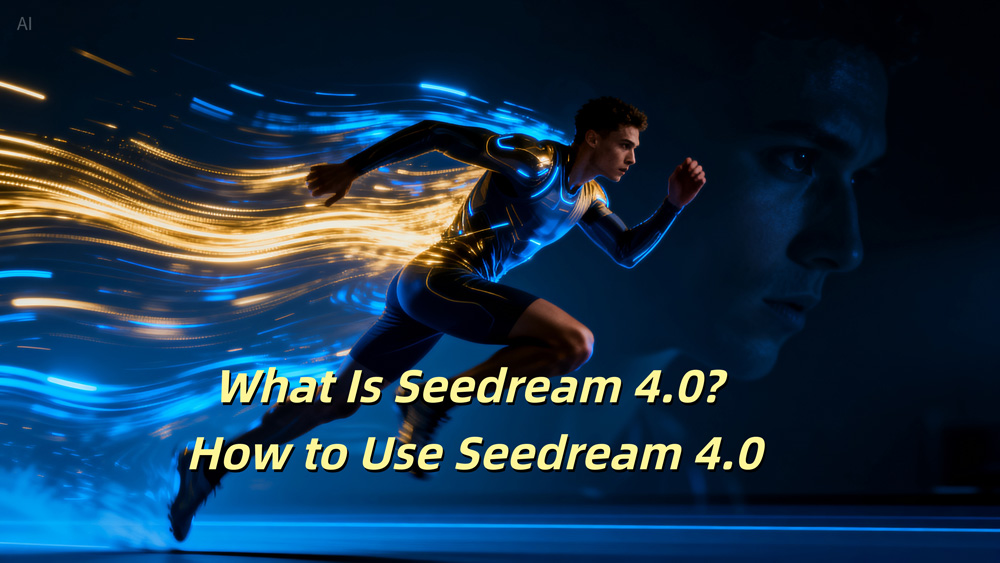Exploring Nano Banana: From Figurines to Plush Toys with AI Image Generation
- Nano Banana
- Text to Image
Nano Banana is an advanced AI image-generation tool that excels at understanding visual input and transforming it into highly creative outputs. It can recognize characters directly from photos, generate accurate English prompts, and deliver results that balance realism with imaginative design. Whether you want professional-quality renders or playful toy concepts, Nano Banana makes the process intuitive and surprisingly powerful.
Today’s model is once again the world-famous character Tifa Lockhart. What surprised me the most is that Nano Banana was able to recognize her without any prompt at all. This level of automatic recognition feels impressive, and it demonstrates how powerful the model’s image understanding has become.
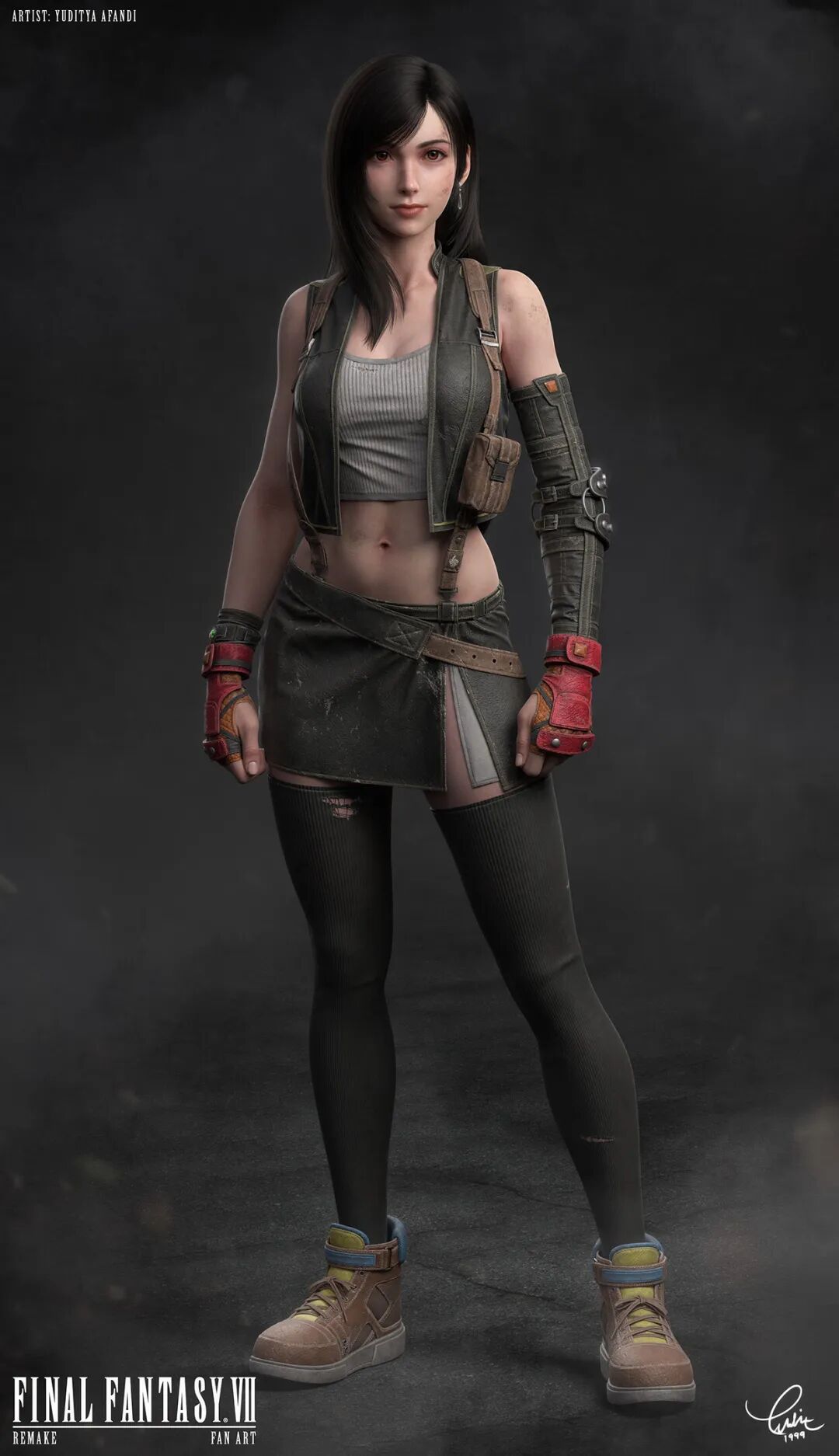
On top of that, I noticed Nano Banana delivers highly accurate English text generation, which makes it much easier to create precise prompts for visual content.
Experiment 1: From Image to Collectible Figurine
To test Nano Banana’s capabilities, I asked it to transform the character into a 1/7 scale commercialized figurine. Here’s the prompt I used:
“Create a 1/7 scale commercialized figurine of the characters in the picture, in a realistic style, in a real environment. The figurine is placed on a computer desk. The figurine has a round transparent acrylic base, with no text on the base. The content on the computer screen is a 3D modeling process of this figurine. Next to the computer screen is a toy packaging box, designed in a style reminiscent of high-quality collectible figures, printed with original artwork.”
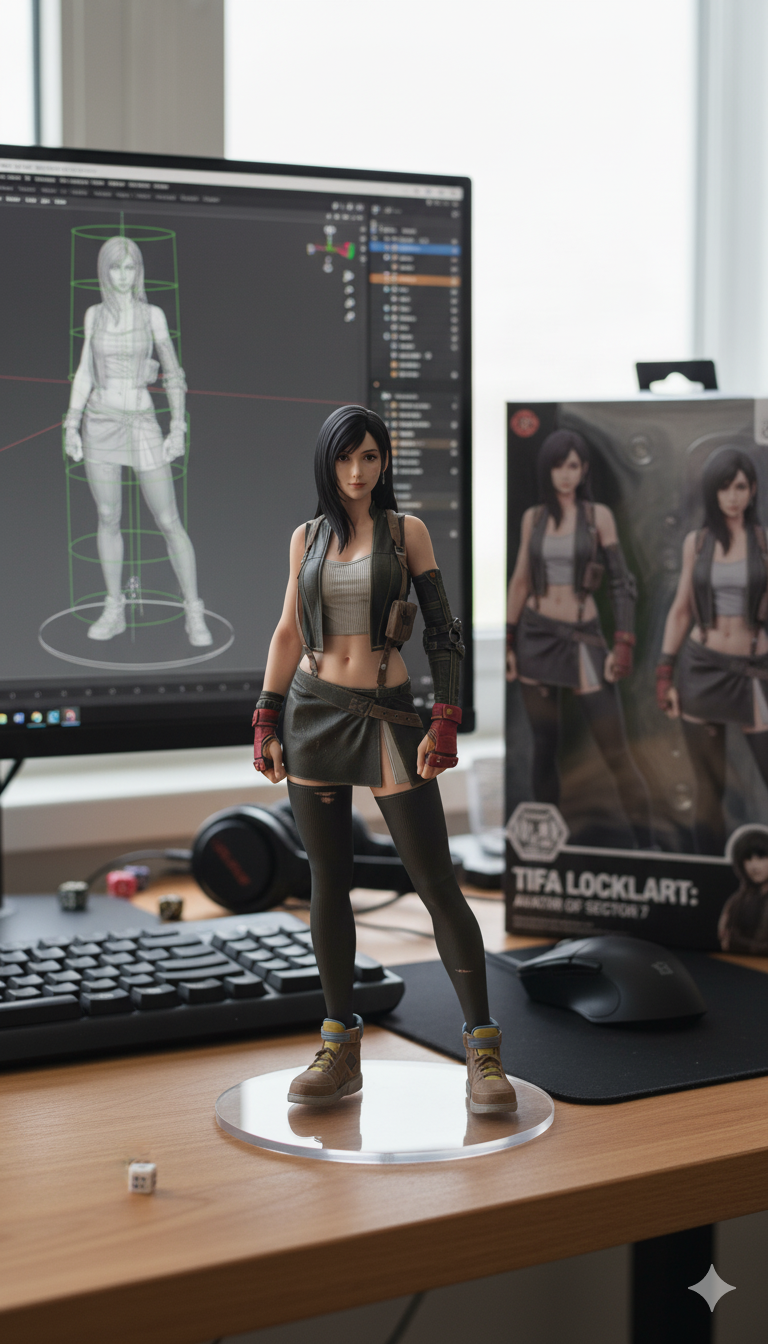
The results were exactly as described: a realistic figurine placed in a believable environment, complete with the acrylic base and even a packaging box that mimics the design of premium collectible figures.
Experiment 2: Turning a Photo into a Toy-Style Action Figure
Next, I explored a more playful approach — turning a photo into a toy-like collectible action figure inside a box.
Here’s the second prompt:
“Take this photo and turn me into a collectible action figure inside a toy box. The box should include a clear plastic window, bold graphics, and name on the packaging. Style the figurine in a fun, toy-like way but keep my likeness recognizable. Display it on a toy store shelf with proper retail lighting.”
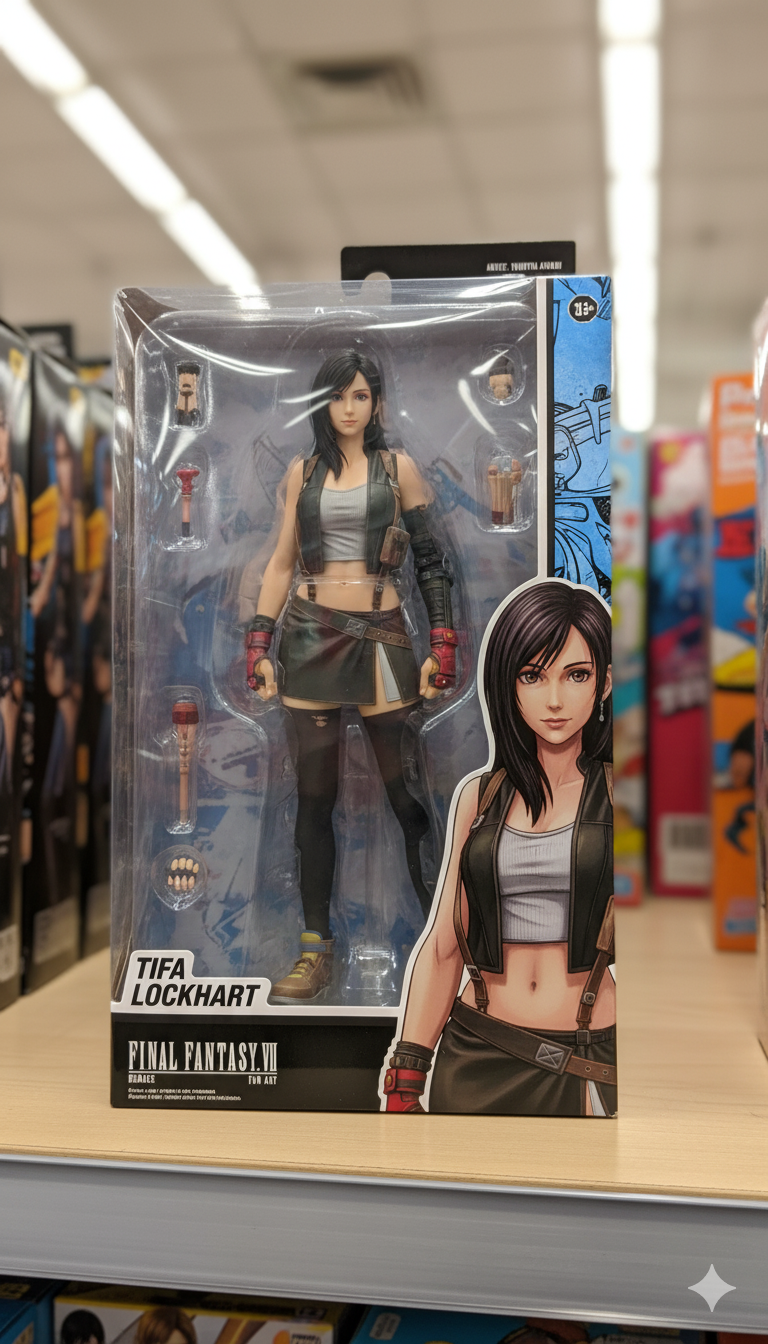
Nano Banana responded by generating visuals that looked just like something you’d find in a retail toy store. The clear plastic window, bold package design, and toy shelf presentation all came out beautifully.
Experiment 3: Funko Pop Style Figurine
To push the boundaries further, I tried a chibi Funko Pop style render.
Here’s the third prompt:
“Create a detailed 3D render of a chibi Funko Pop figure, strictly based on the provided reference photo. The figure should accurately reflect the person’s appearance, hairstyle, attire, and characteristic style from the photo. Use high detail, studio lighting, and photorealistic textures. The background should be pure white, ensuring the figure stands out clearly as a professional collectible render.”
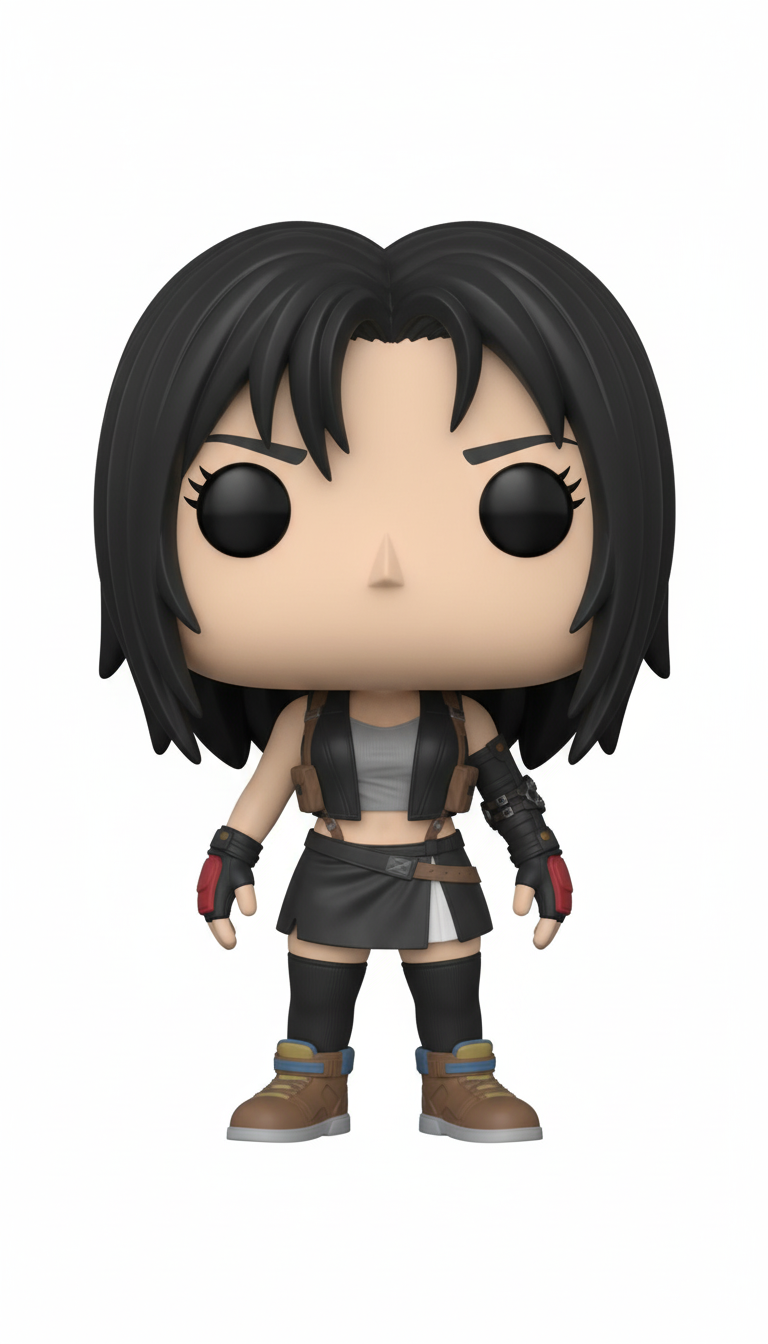
The results showed a highly detailed, fun collectible that still preserved the key likeness of the original photo — exactly the playful twist I was aiming for.
Experiment 4: Plush Toy Concept
Finally, I asked Nano Banana to generate a plush toy version of the character, focusing on softness and cuteness.
Here’s the fourth prompt:
“Create a soft, high-quality plush toy of the character in the reference image, featuring an oversized head, small body, and stubby limbs. The plush should be made of fuzzy fabric with visible stitching and embroidered facial features. Pose the plush in a seated position against a neutral background. The expression should be cute, with soft and even lighting, resulting in a realistic, collectible plush toy appearance.”
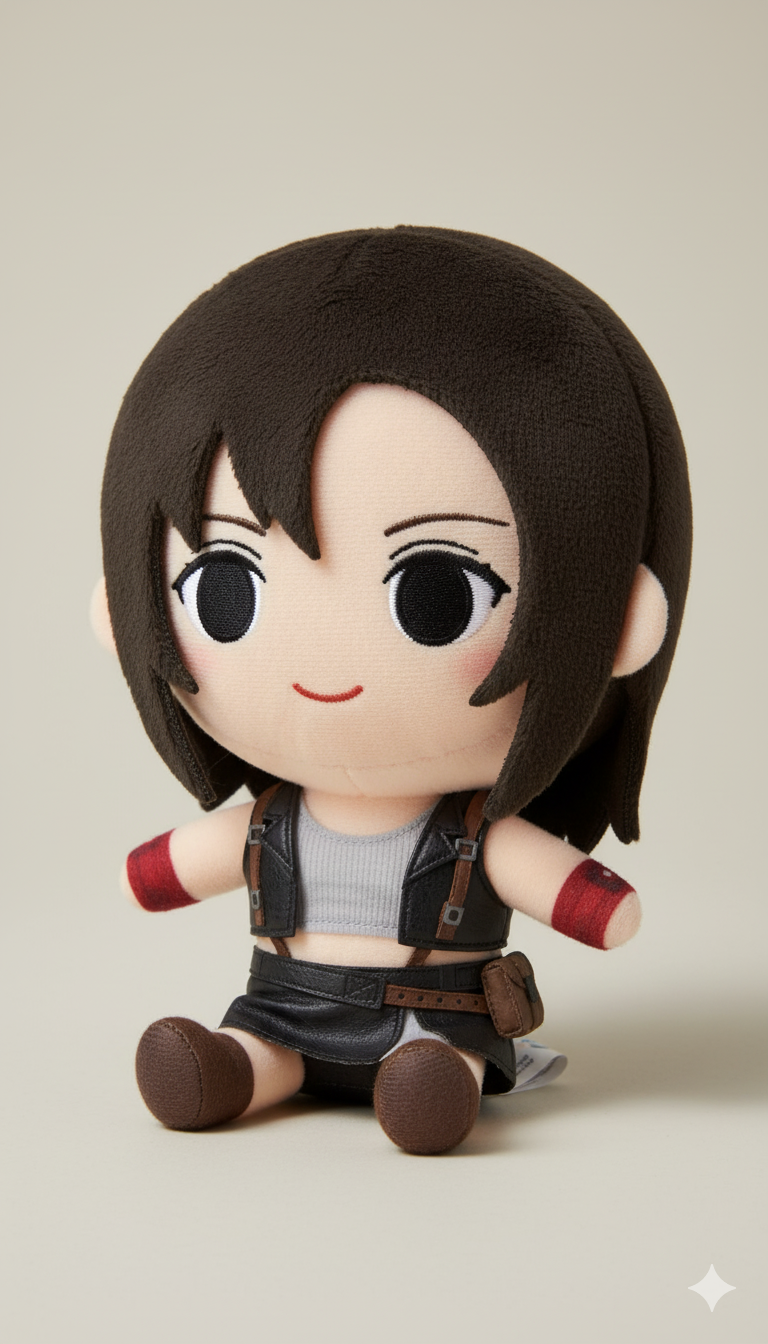
The plush rendering came out adorable — oversized head, stubby limbs, and embroidered details gave it the authentic feel of a real collectible plush.
Conclusion
With these four tests, Nano Banana has shown it can handle everything from realistic collectibles to playful toy concepts. Whether it’s a professional figurine showcase, a toy-store action figure, a chibi Funko Pop, or a soft plush, the tool’s prompt accuracy and visual detail make it an incredibly versatile creative partner.
Nano Banana isn’t just another AI image tool — it feels like a complete image-to-concept pipeline and a true collaborator for artists, designers, and collectors.
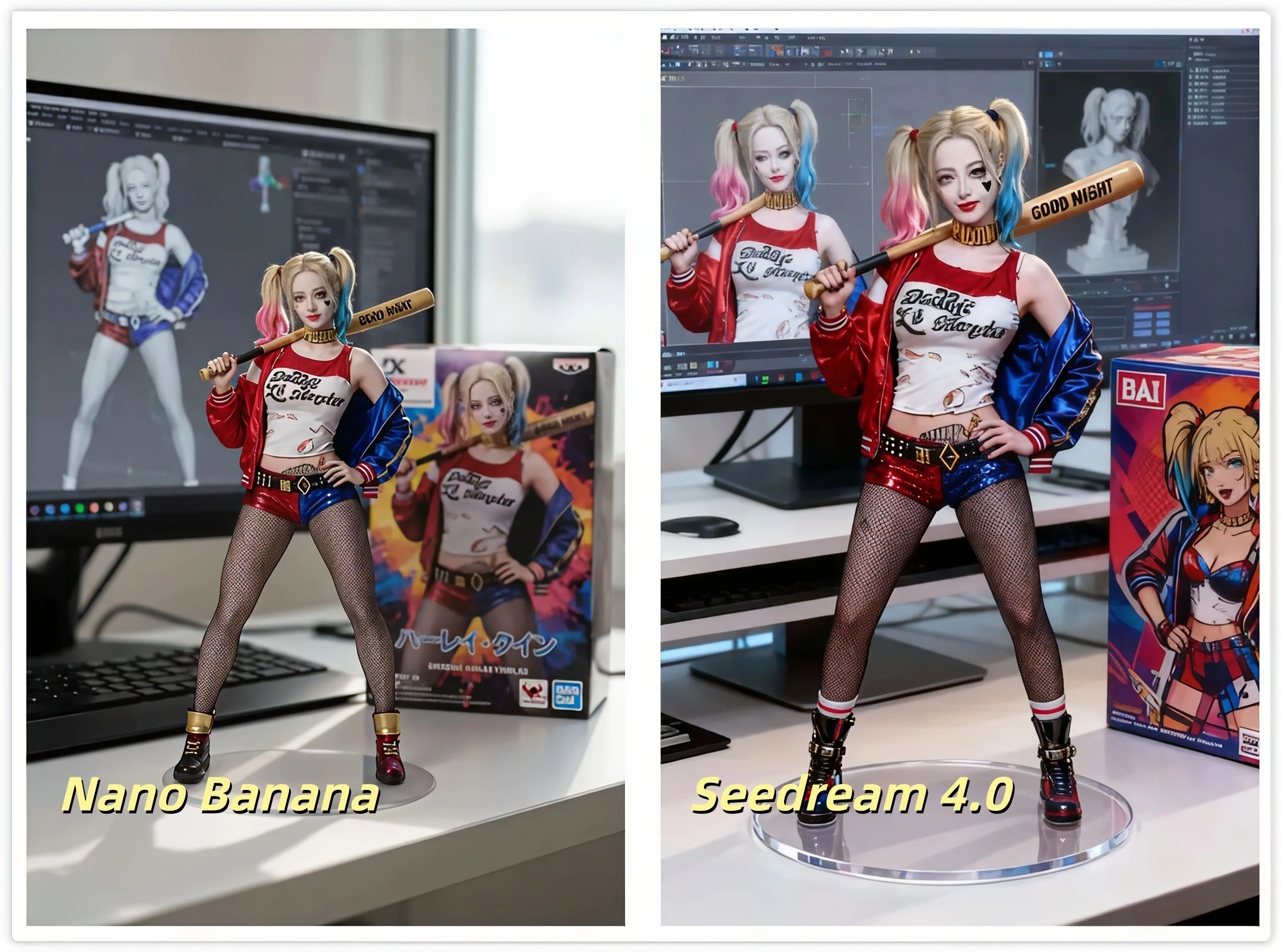
Seedream 4.0 vs. Nano Banana: The Battle of Next-Gen AI Art Models
If you’ve been following the AI image generation scene lately, you’ve probably seen two names trending everywhere: Nano Banana and Seedream 4.0. Both are cutting-edge multimodal models, both promise game-changing creative power — but each has its own strengths. So, which one really delivers in real-world scenarios?
By Yamy 一 Sep 24, 2025- Seedream 4.0
- Nano Banana
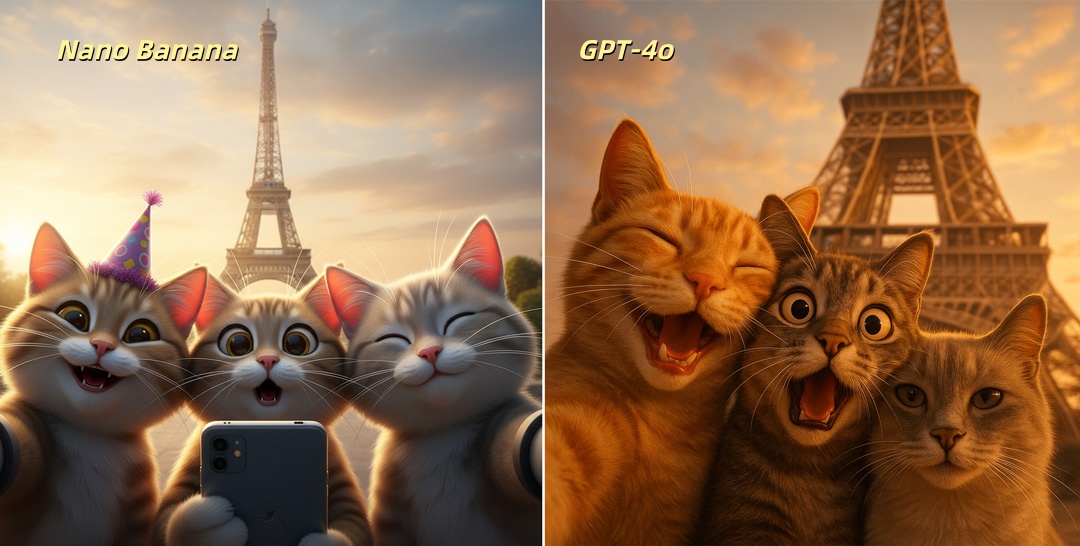
Nano Banana vs GPT-4o: Who Leads the Next Wave of Image Creation?
The frontier of AI image creation is no longer about whether AI can “draw.” It’s about whether AI can understand, adapt, and collaborate with human creativity. Google’s Nano Banana and OpenAI’s GPT-4o represent two distinct approaches.
By Yamy 一 Sep 24, 2025- Nano Banana
- GPT-4o
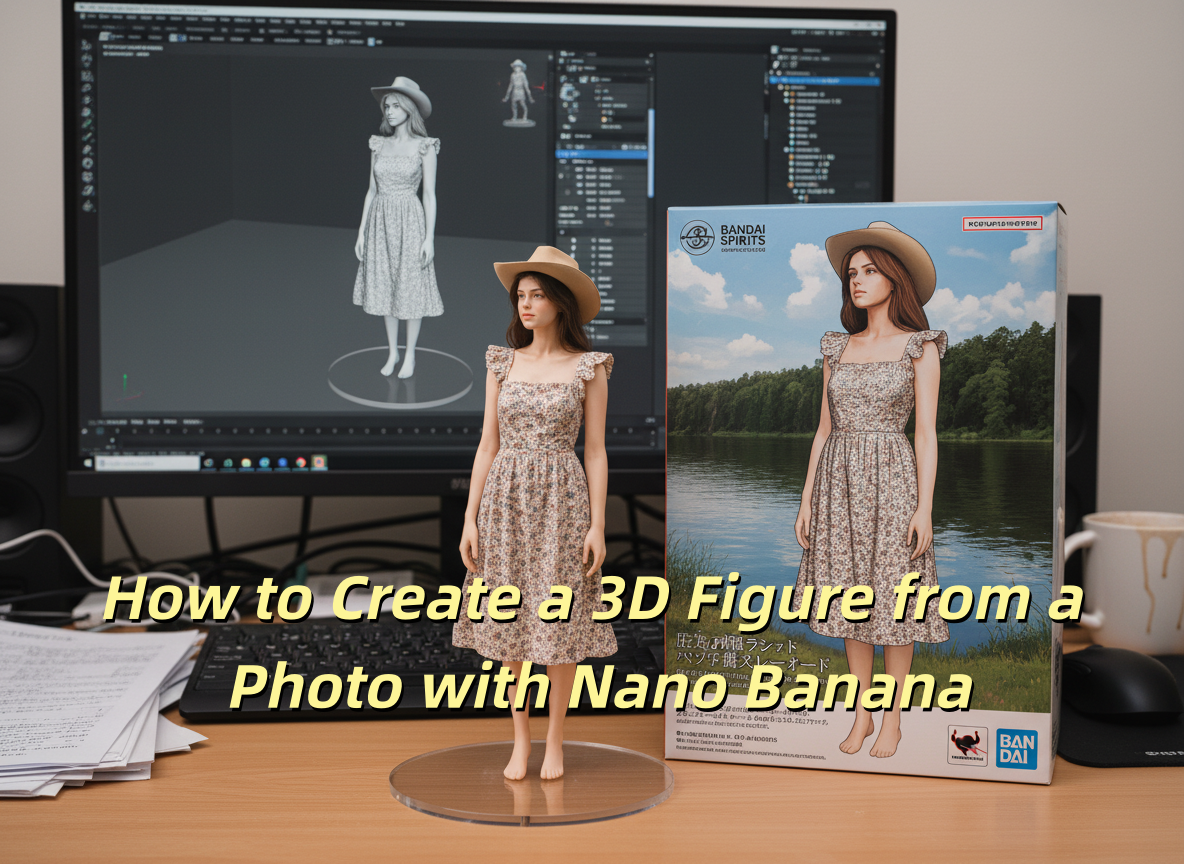
How to Create a 3D Figure from a Photo with Nano Banana
With Nano Banana, you can transform a simple image into a detailed, 3D figurine-style model. Whether you’re looking to turn a portrait into a stylized figurine or create a fully custom 3D model, Nano Banana offers a simple and efficient solution for artists, designers, and enthusiasts alike.
By Yamy 一 Sep 24, 2025- Nano Banana
- AI Image Generator
- X
- Youtube
- Discord
